For the latest forecasts and critical weather information, visit weather.gov.
Drought Relief, Recovery, and Support
A number of federal and state agencies provide direct relief and recovery support for drought impacts. While NIDIS does not provide monetary relief resources, it does provide information and services to mitigate drought.
The links on this page provide additional information about programs and resources available for drought mitigation, relief, and recovery.
How Does the USDA Use the Drought Monitor?
A 2019 fact sheet from the National Drought Mitigation Center summarizes U.S Department of Agriculture (USDA) drought recovery programs, including those triggered by the U.S. Drought Monitor.
Short-Term Drought Relief and Recovery
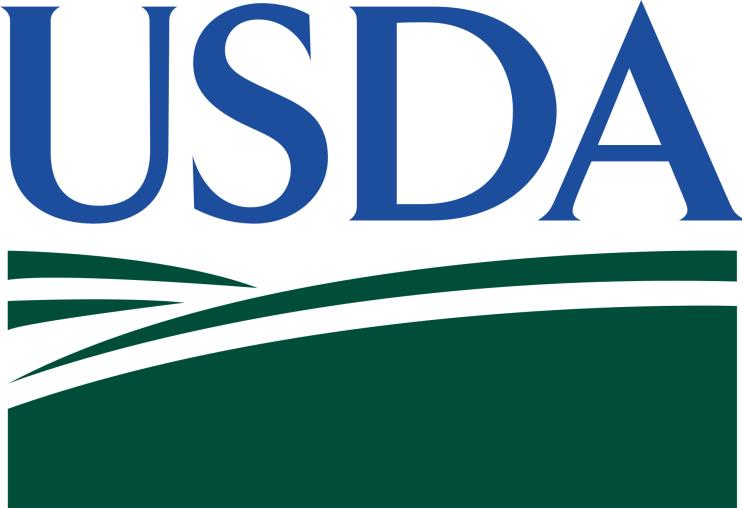
Disaster Assistance Programs
The U.S. Department of Agriculture (USDA) Farm Service Agency provides financial and technical assistance to drought-affected areas through its Disaster Assistance Programs. This includes emergency assistance and loans for losses to crops, livestock, trees, and farm land. Use the Disaster Assistance Discovery Tool to explore programs.
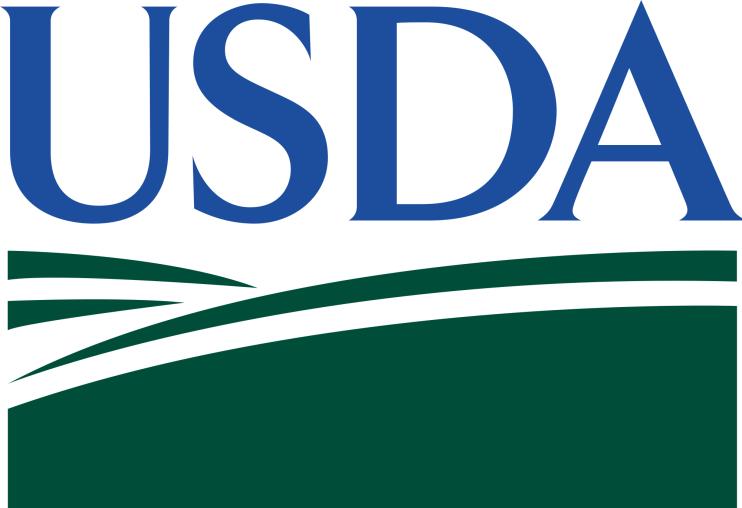
Environmental Quality Incentives Program
The Environmental Quality Incentives Program (EQIP) provides financial and technical assistance to agricultural producers to address natural resource concerns and deliver environmental benefits, such as improved water and air quality, conserved ground and surface water, increased soil health and reduced soil erosion and sedimentation, improved or created wildlife habitat, and mitigation against increasing weather volatility and improved drought resiliency.
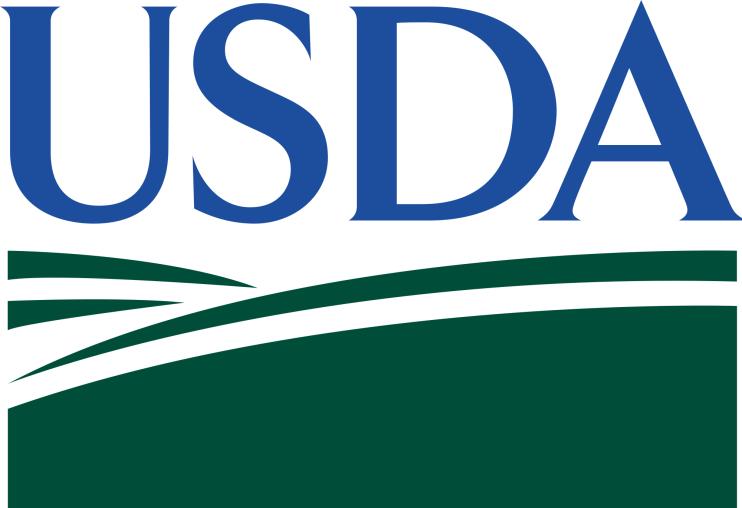
Emergency Watershed Protection Program
The Emergency Watershed Protection (EWP) Program, a federal emergency recovery program, helps local communities recover after a natural disaster strikes. The program offers technical and financial assistance to help local communities relieve imminent threats to life and property caused by natural disasters that impair a watershed, including drought.
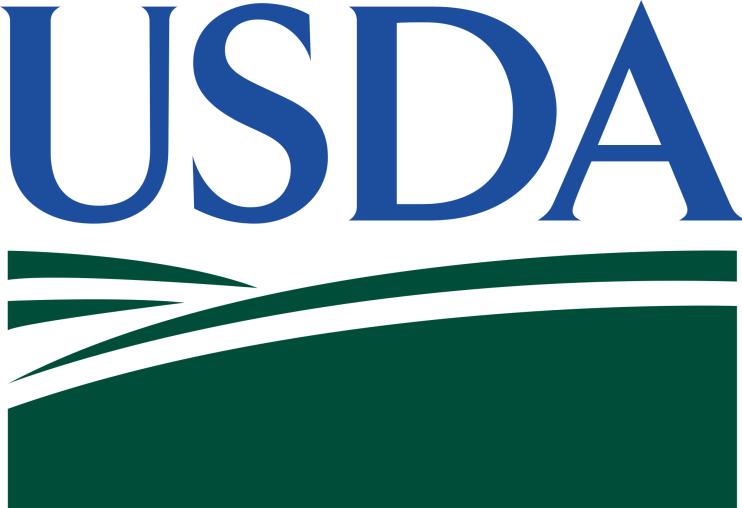
Rural Utilities Service Water and Environmental Programs
Through USDA’s Rural Utilities Service Water and Environmental Program, rural communities can obtain the technical assistance and financing necessary to develop drinking water and waste disposal systems.

Economic Injury Disaster Loans
The U.S. Small Business Administration can provide Economic Injury Disaster Loans to sell businesses, small agricultural cooperatives, and private nonprofit organizations that have suffered substantial economic injury and are in a declared disaster area.
Long-Term Drought Relief and Recovery
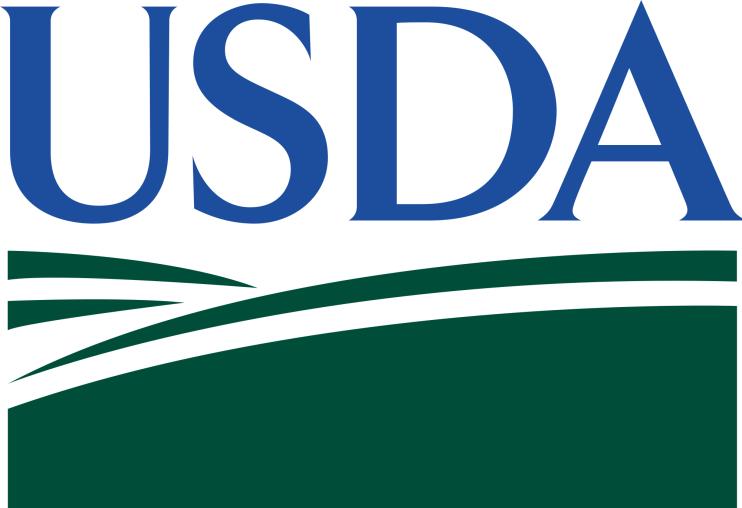
Federal Crop Insurance Corporation
The USDA Risk Management Agency (RMA) serves America’s agricultural producers through effective, market-based risk management tools to strengthen the economic stability of agricultural producers and rural communities. RMA manages the Federal Crop Insurance Corporation to provide innovative crop insurance products to America’s farmers and ranchers.
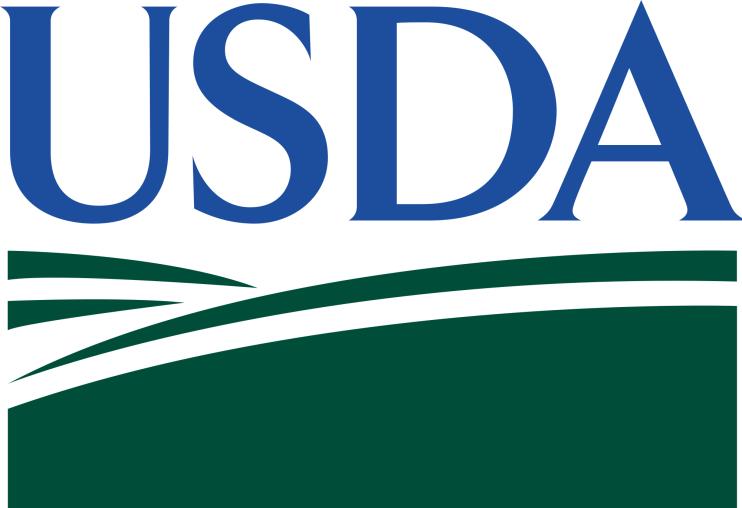
Agricultural Conservation Easement Program
The Agricultural Conservation Easement Program helps landowners, land trusts, and other entities protect, restore, and enhance wetlands, grasslands, and working farms and ranches through conservation easements. Under the Agricultural Land Easements component, NRCS helps tribal nations, state and local governments, and non-governmental organizations protect working agricultural lands and limit non-agricultural uses of the land. Under the Wetlands Reserve Easements component, NRCS helps to restore, protect, and enhance enrolled wetlands.
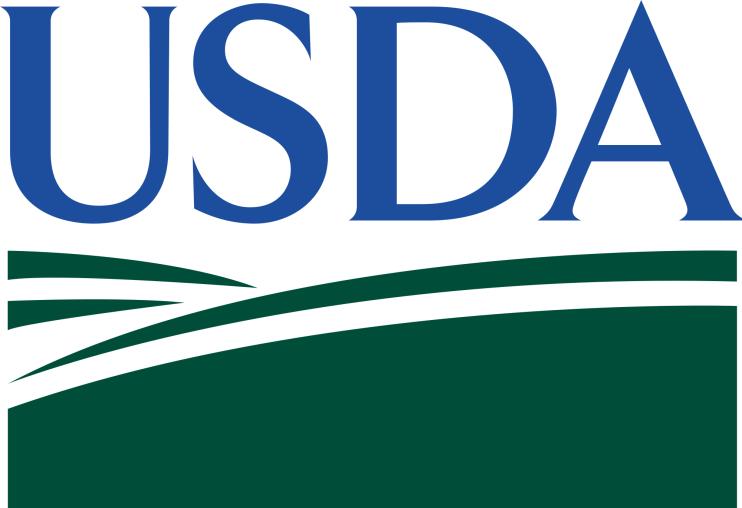
Conservation Technical Assistance Program
NRCS delivers conservation technical assistance through its voluntary Conservation Technical Assistance Program. Conservation technical assistance is the help NRCS and its partners provide to land users to address opportunities, concerns, and problems related to the use of natural resources and to help land users make sound natural resource management decisions on private, tribal, and other non-federal lands.

WaterSMART Drought Response Program
The Bureau of Reclamation's WaterSMART Drought Response Program supports a proactive approach to drought by providing assistance to water managers to develop and update comprehensive drought plans and implement projects that will build long-term resiliency to drought. Program areas include contingency planning, resiliency projects, and emergency response actions.

WaterSMART Water and Energy Efficiency Grants
Through WaterSMART Water and Energy Efficiency Grants, the Bureau of Reclamation provides 50/50 cost share funding to irrigation and water districts, tribal nations, states, and other entities with water or power delivery authority. Projects conserve and use water more efficiently; increase the production of hydropower; mitigate conflict risk in areas at a high risk of future water conflict; and accomplish other benefits that contribute to water supply reliability in the western United States.
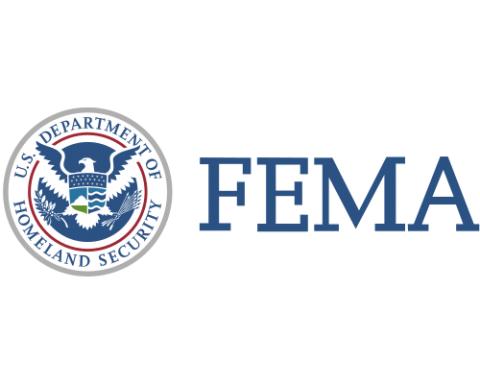
Building Resilient Infrastructure and Communities (BRIC) Program
FEMA’s new pre-disaster mitigation program, BRIC, supports states, local communities, tribal nations, and territories as they undertake hazard mitigation projects, reducing the risks they face from disasters and natural hazards. Eligible planning activities include integrating information from mitigation plans, specifically risk assessment or mitigation strategies, with other planning efforts, such as other long-term community planning initiatives around drought.

WaterSense Program
The U.S. Environmental Protection Agency manages the WaterSense Program, which helps consumers identify water-efficient products, practices, and programs.
Public Health Resources

Substance Abuse and Mental Health Services Administration
The Substance Abuse and Mental Health Services Administration (SAMHSA) offers assistance on disaster behavioral health and economic impacts of drought. This includes a disaster distress helpline.

